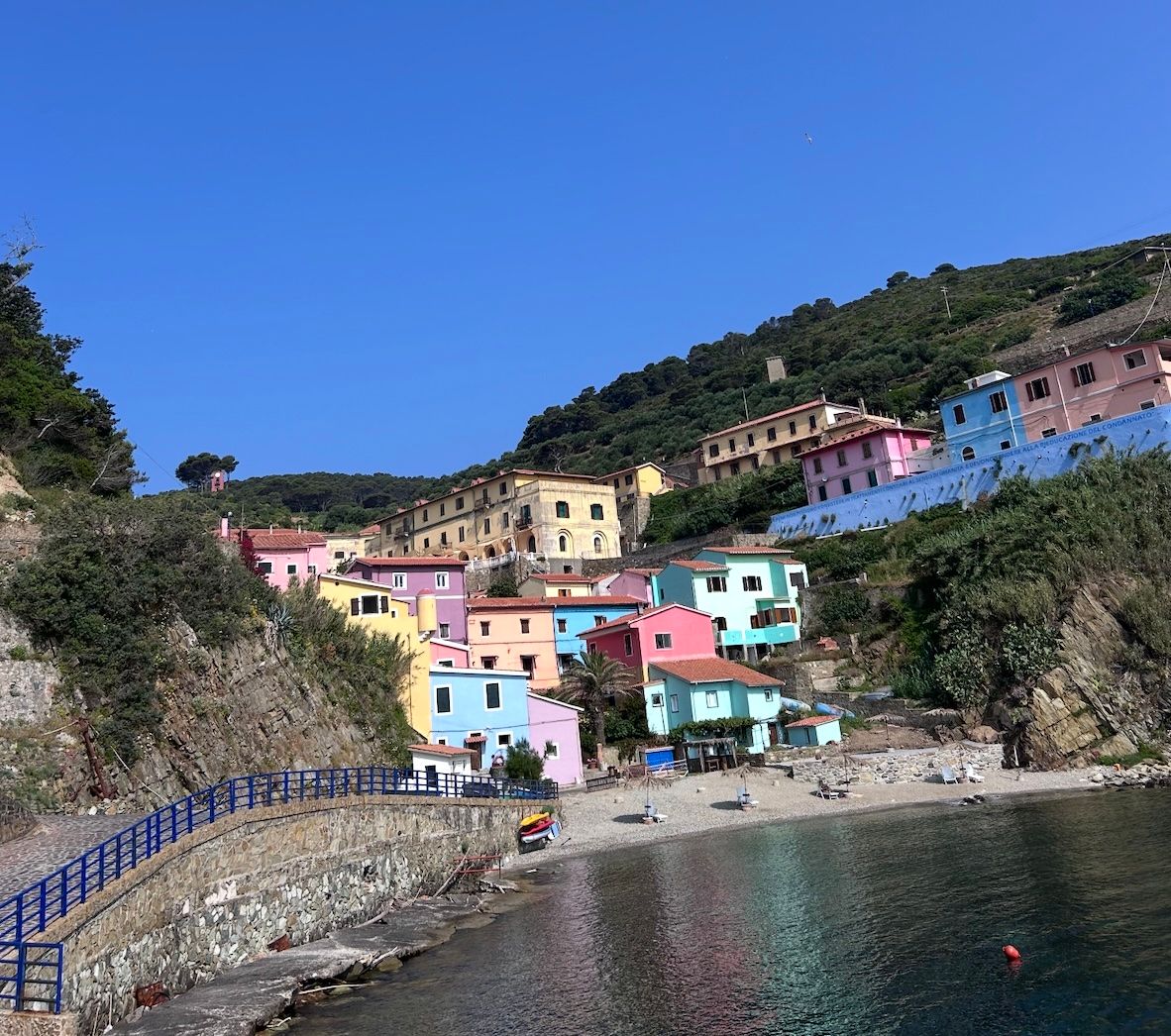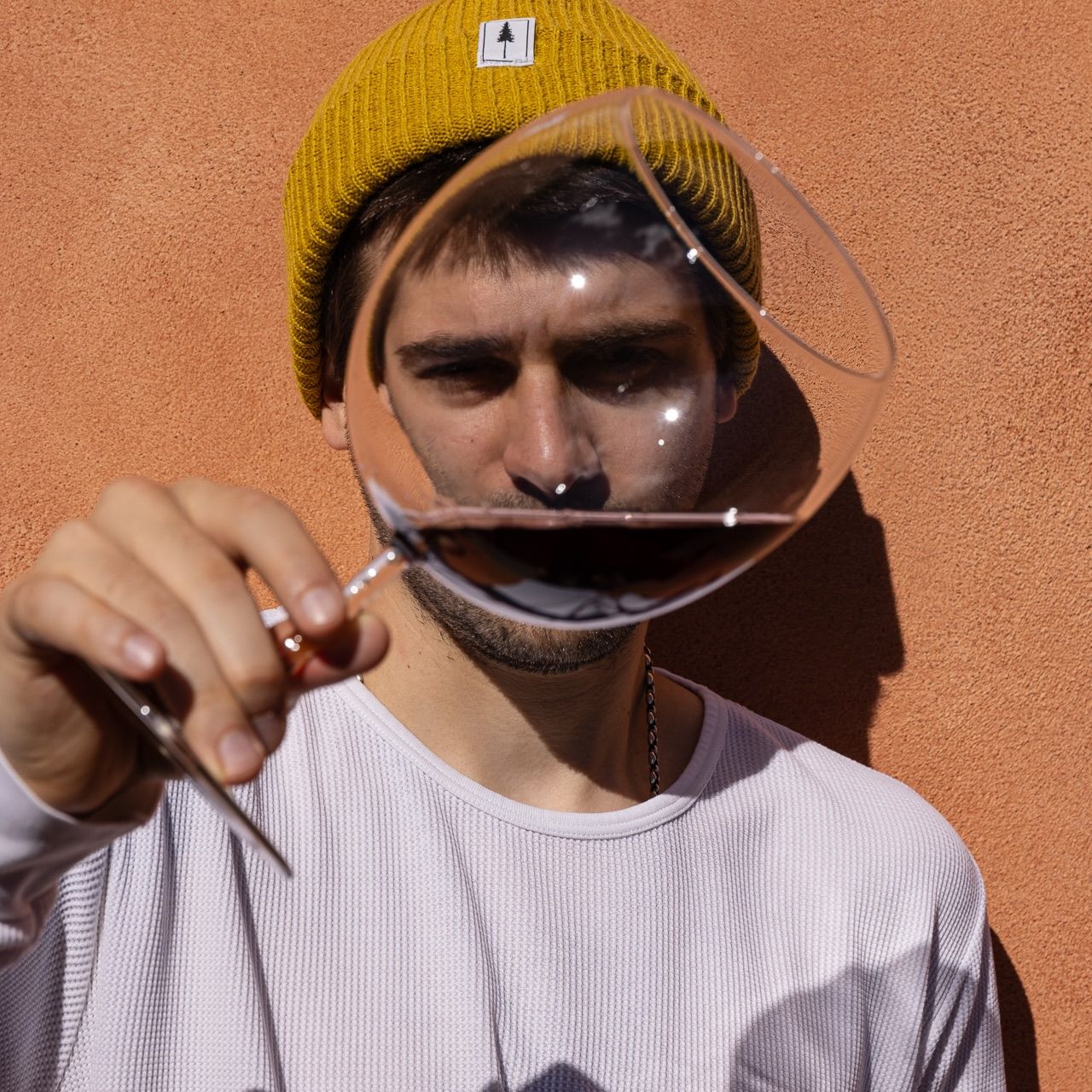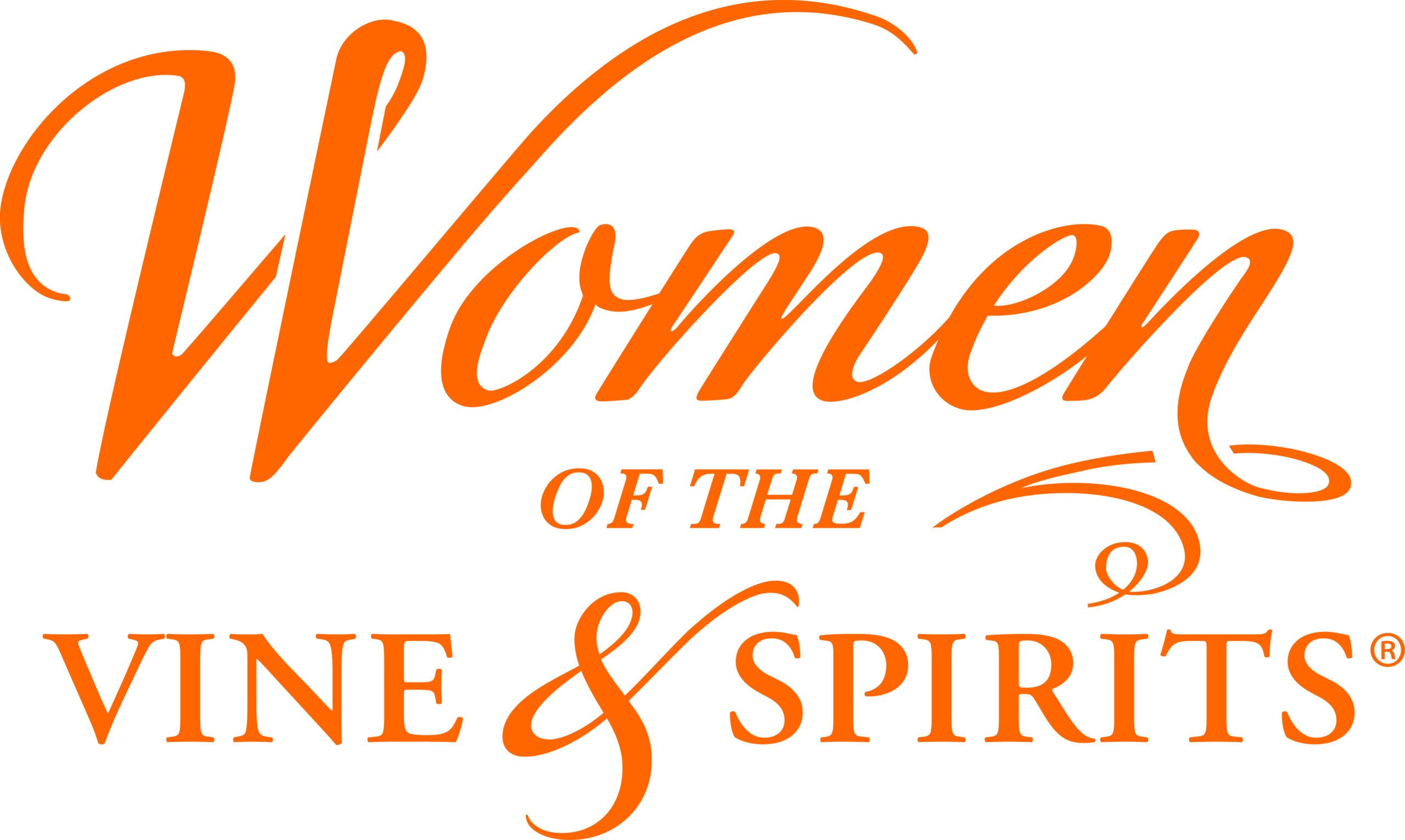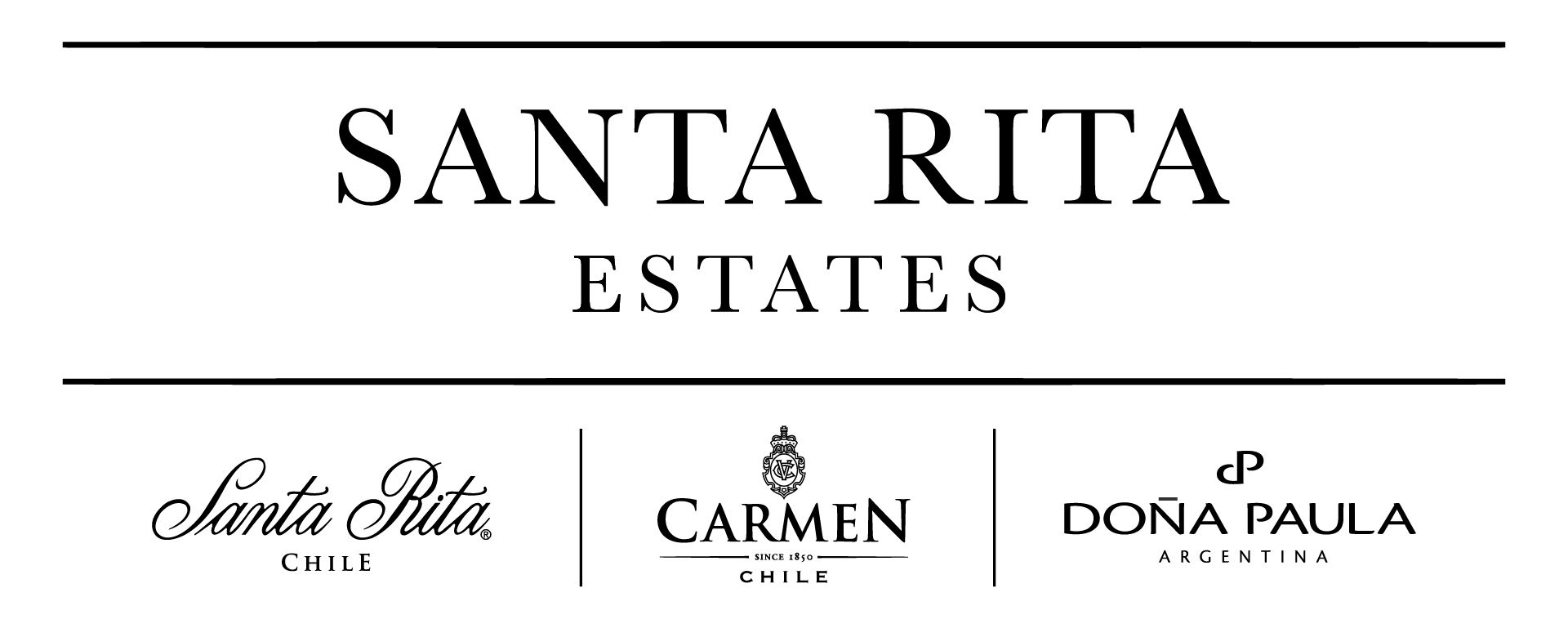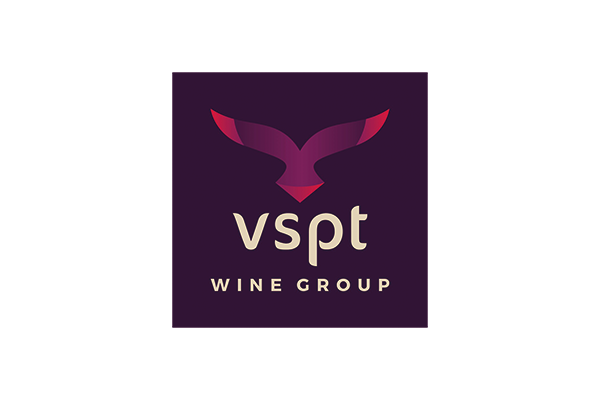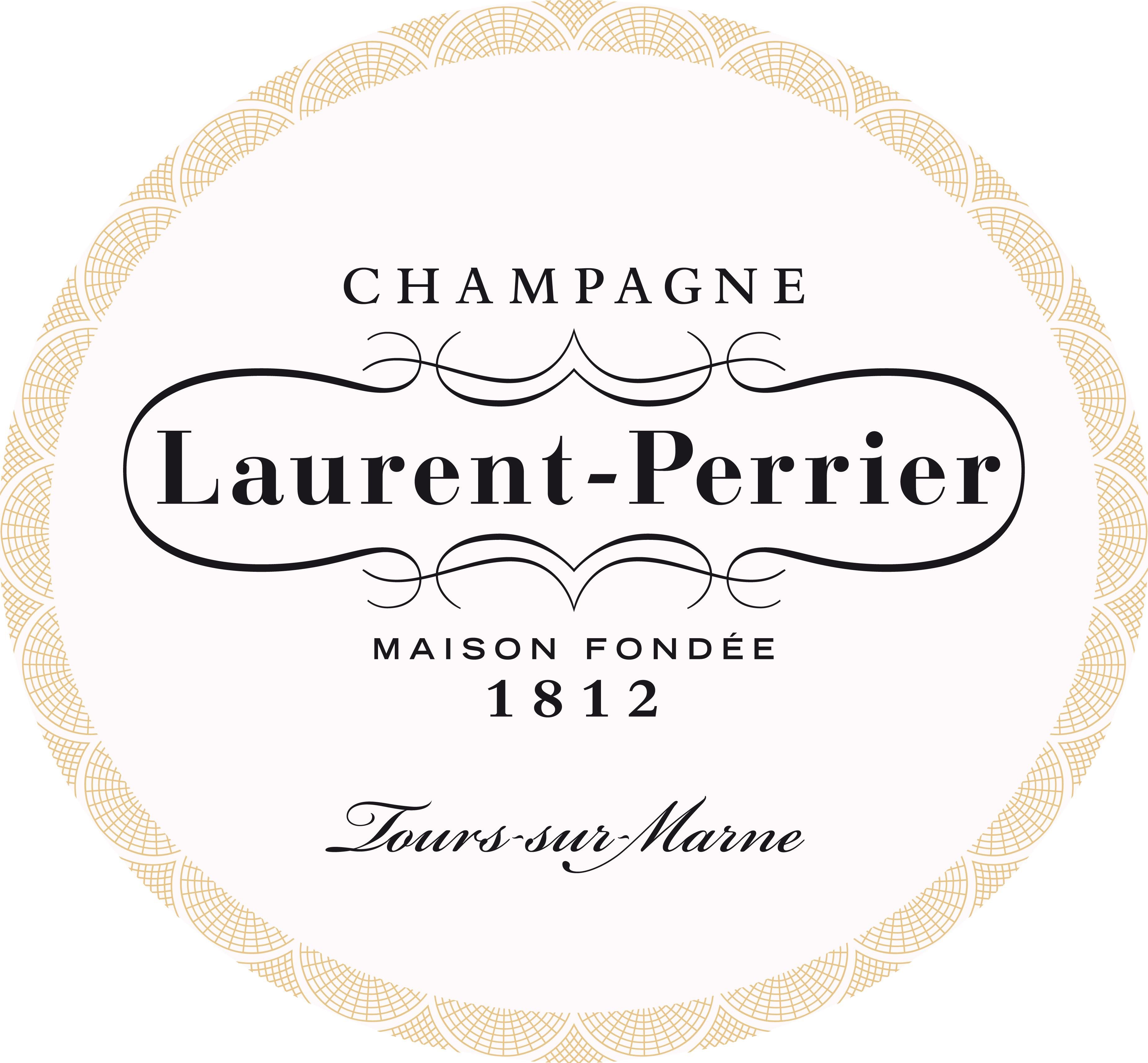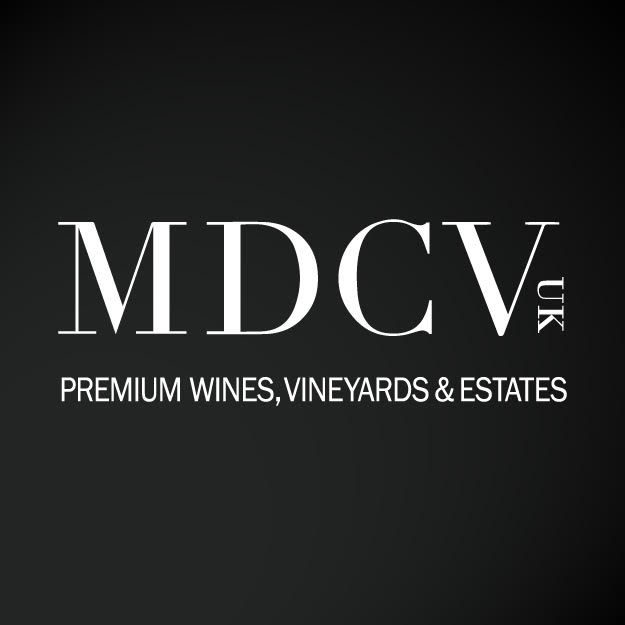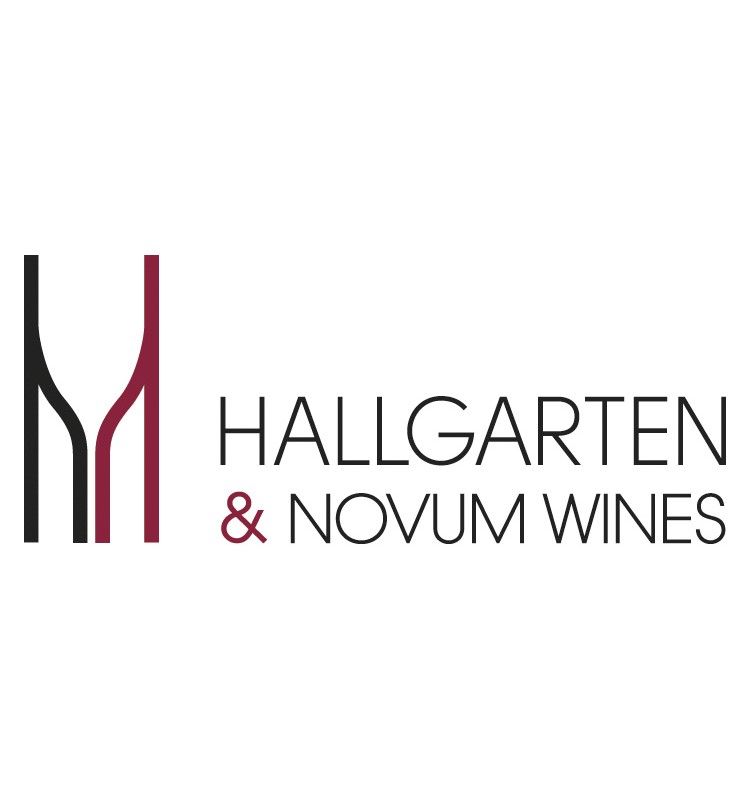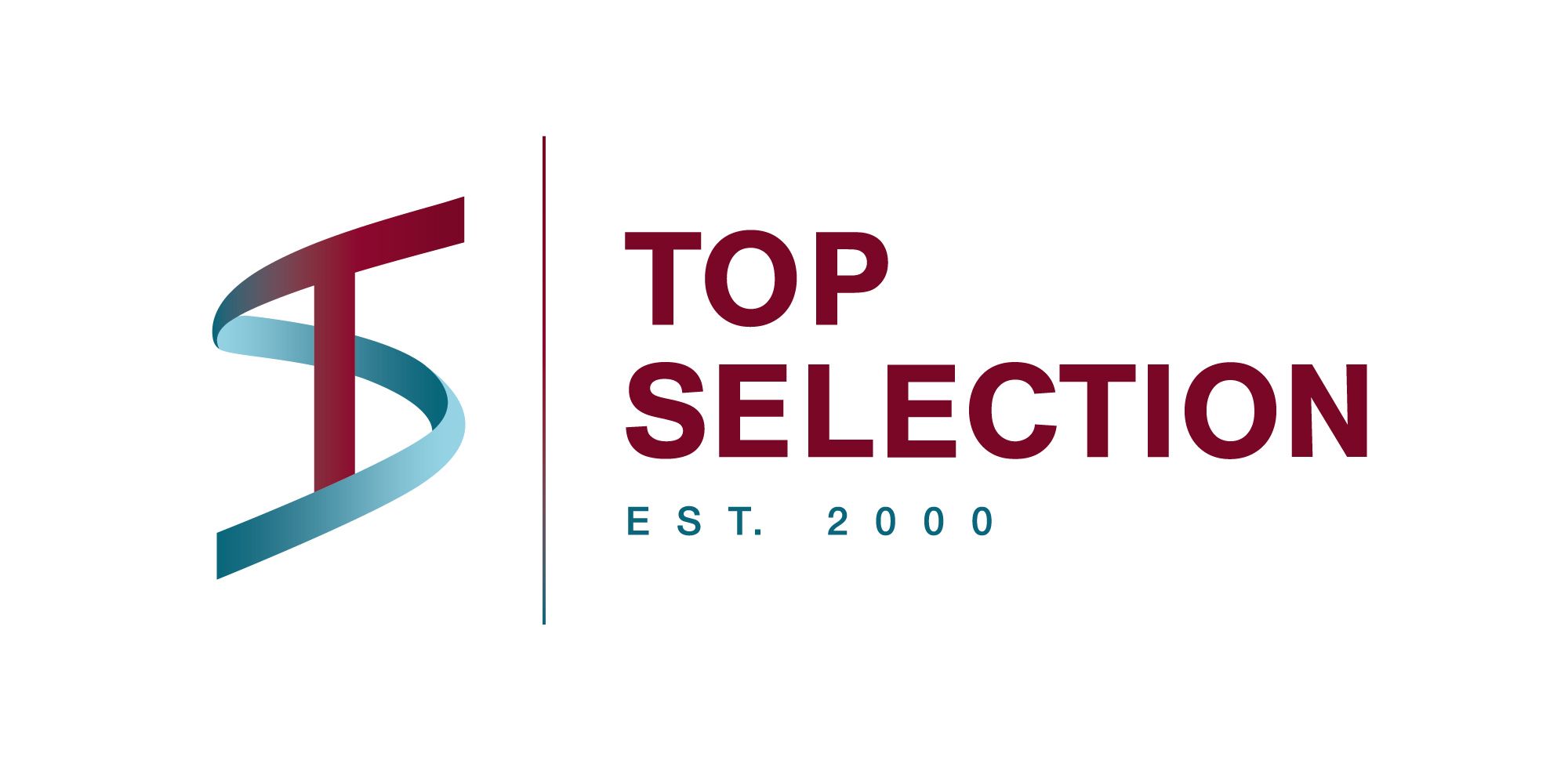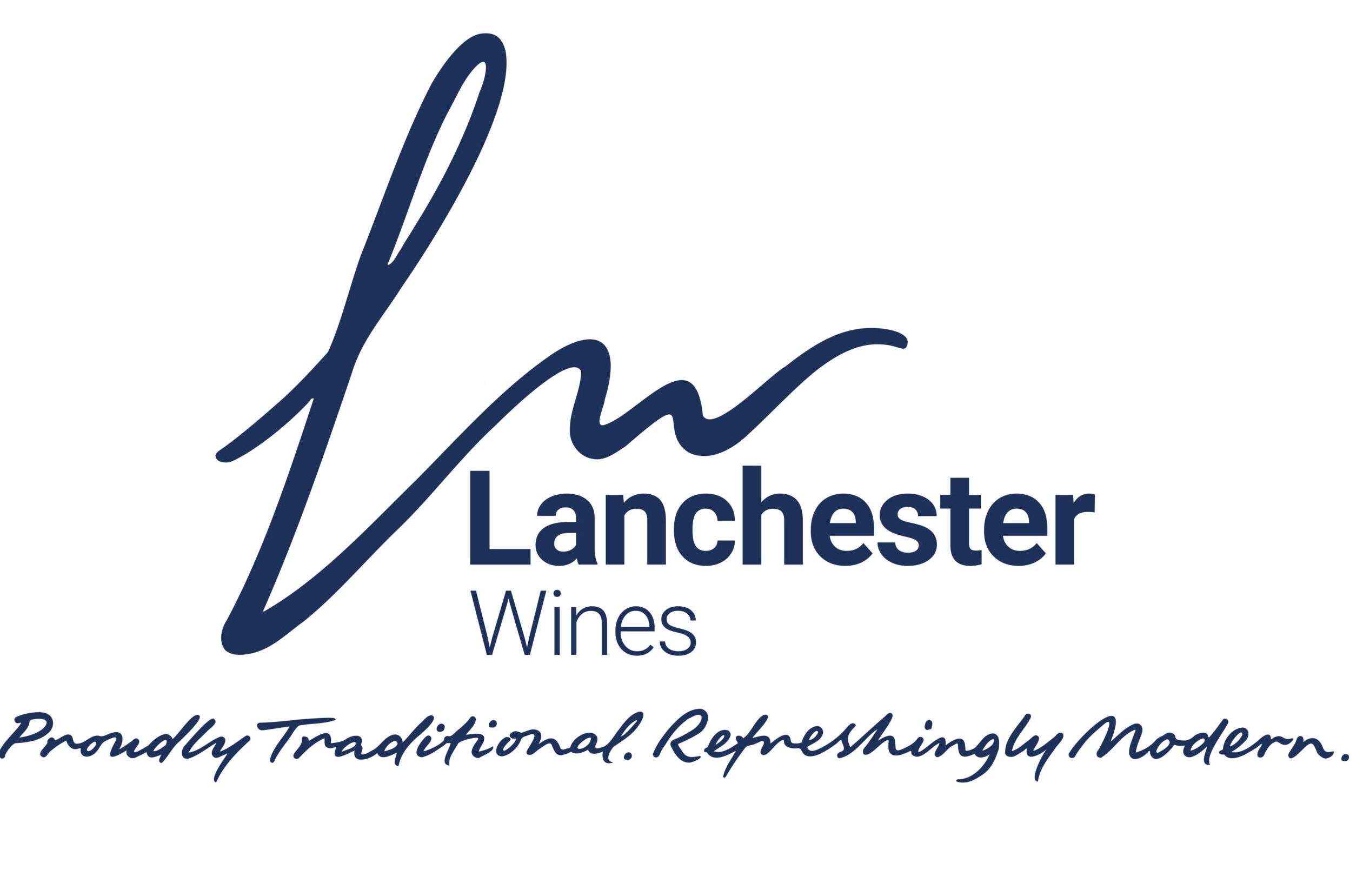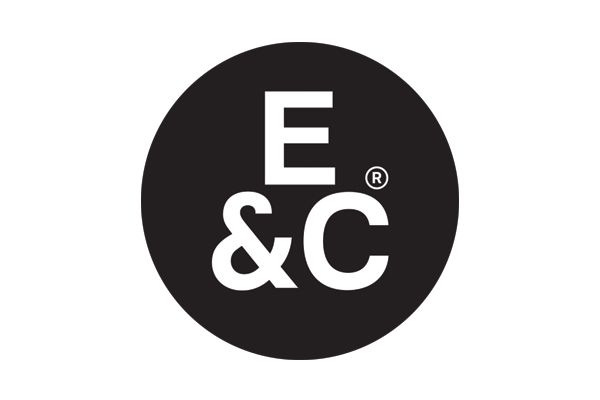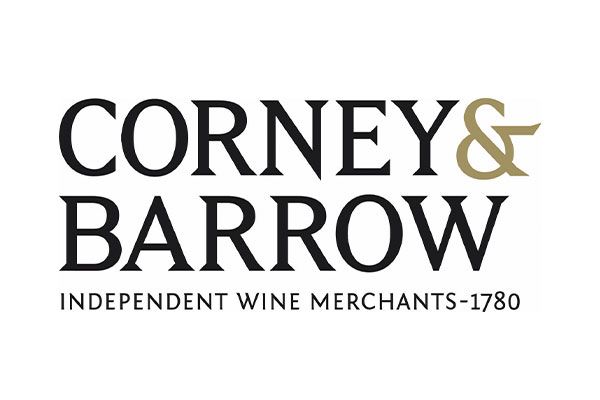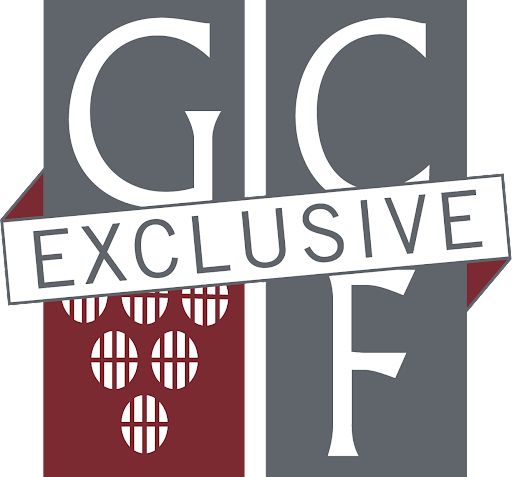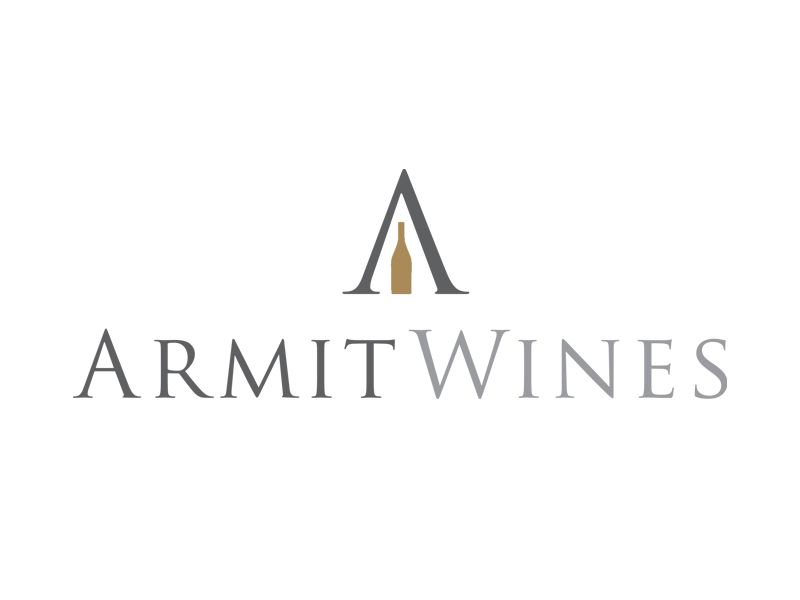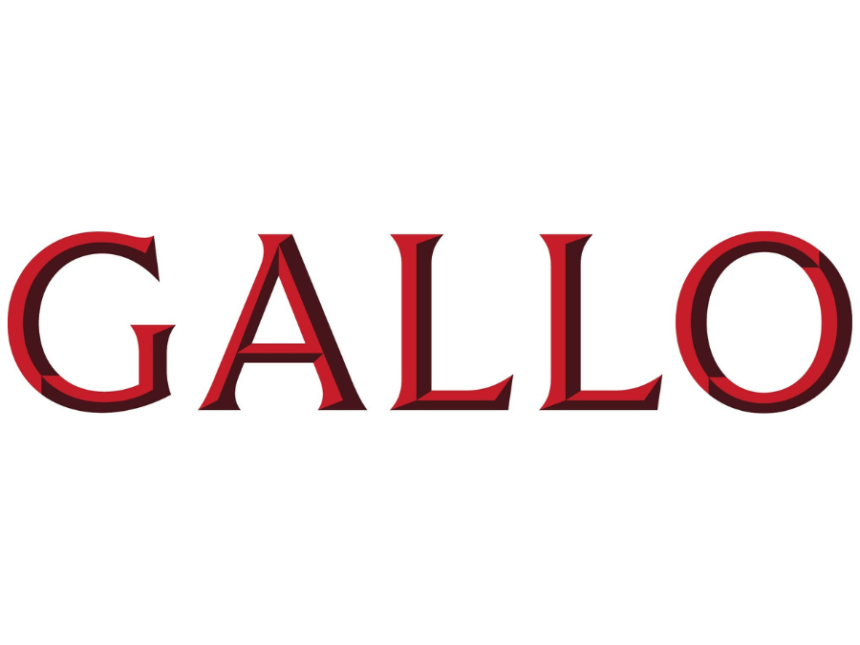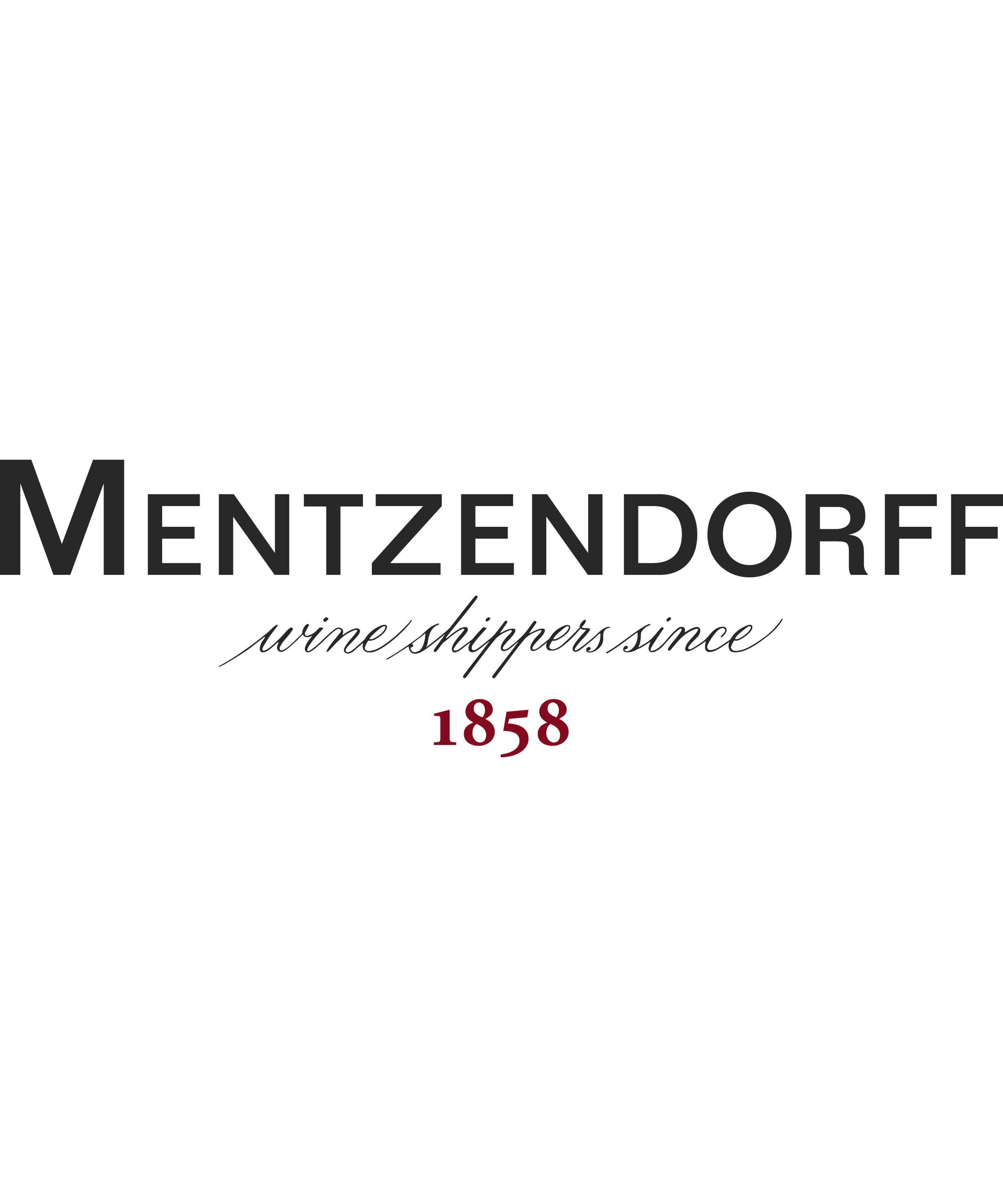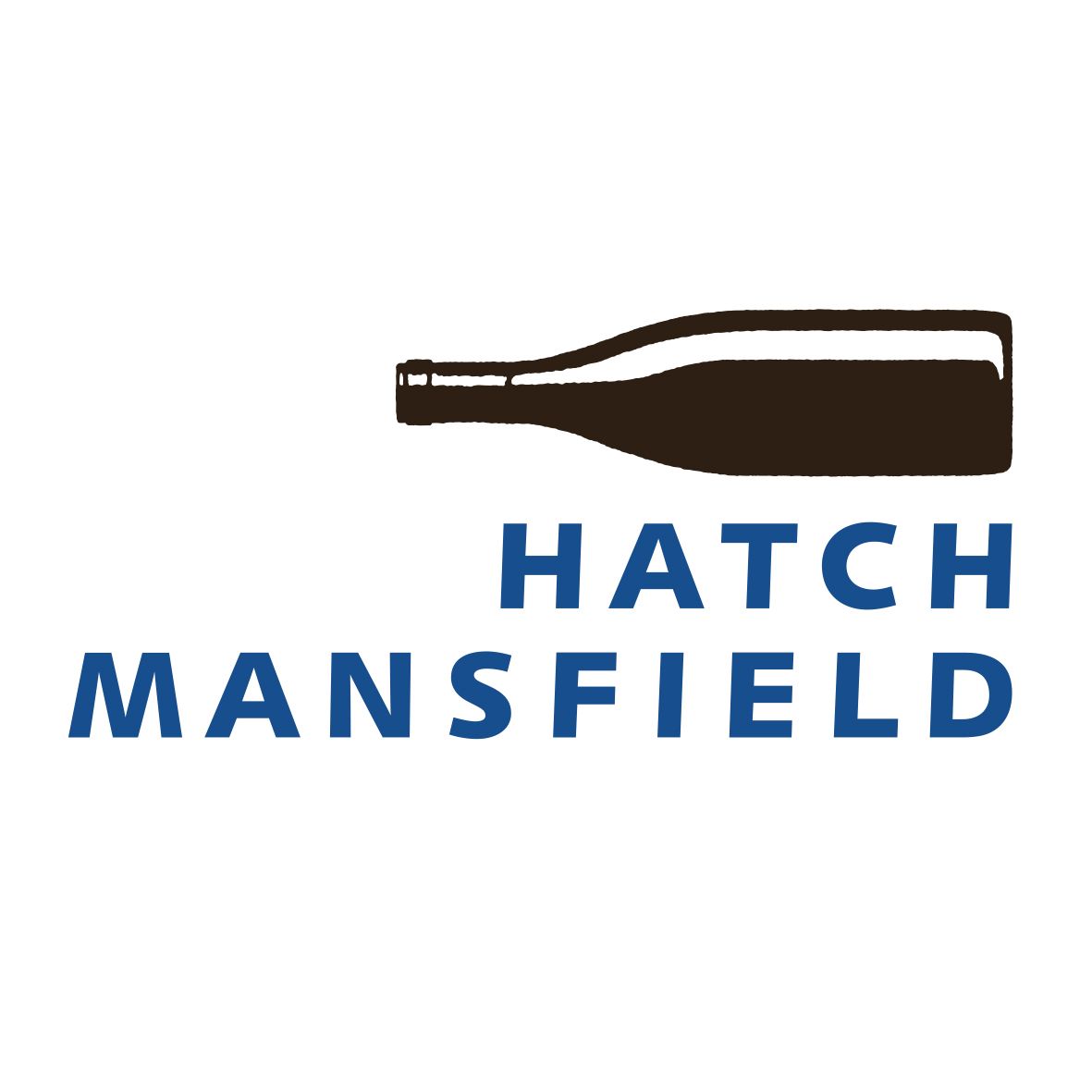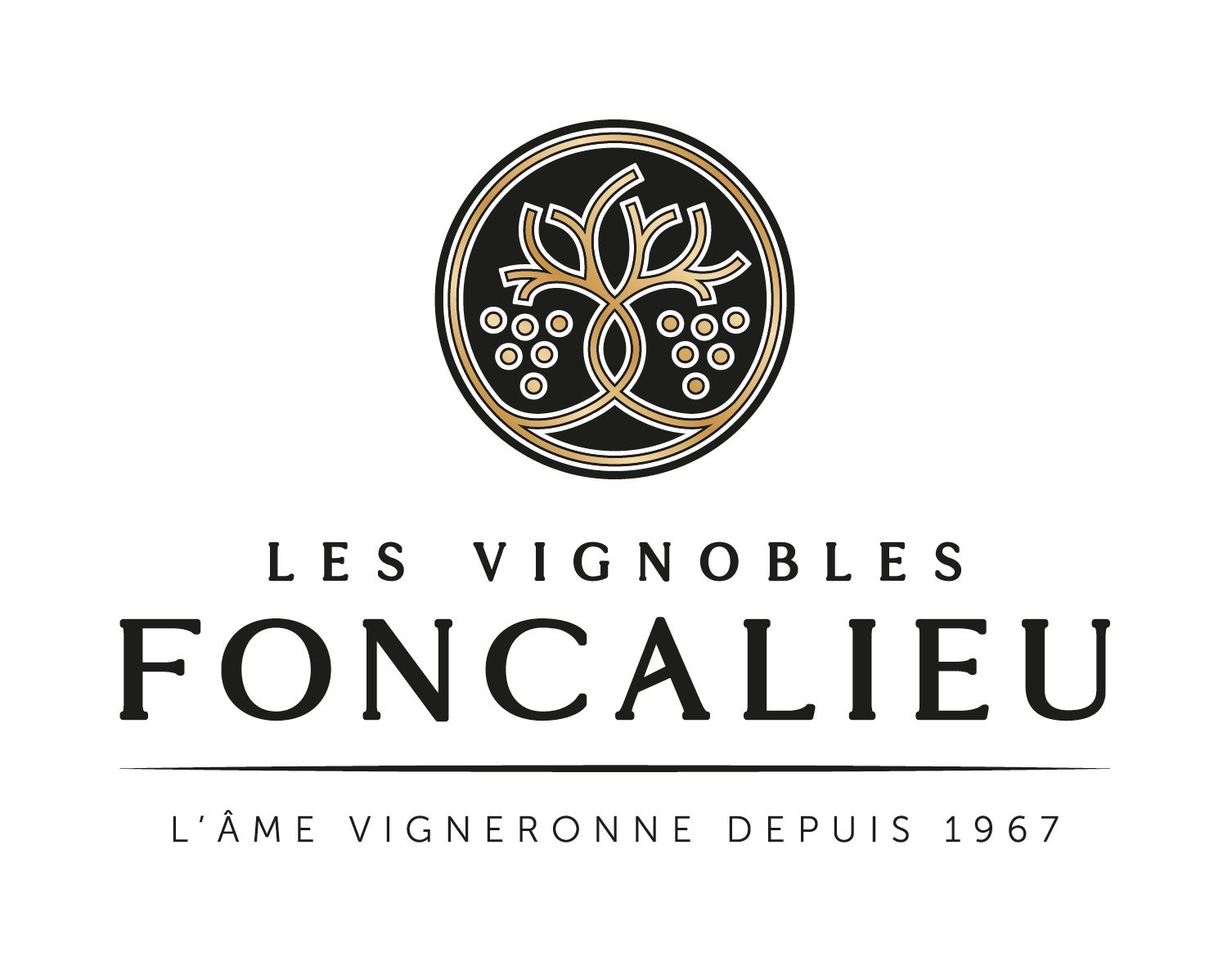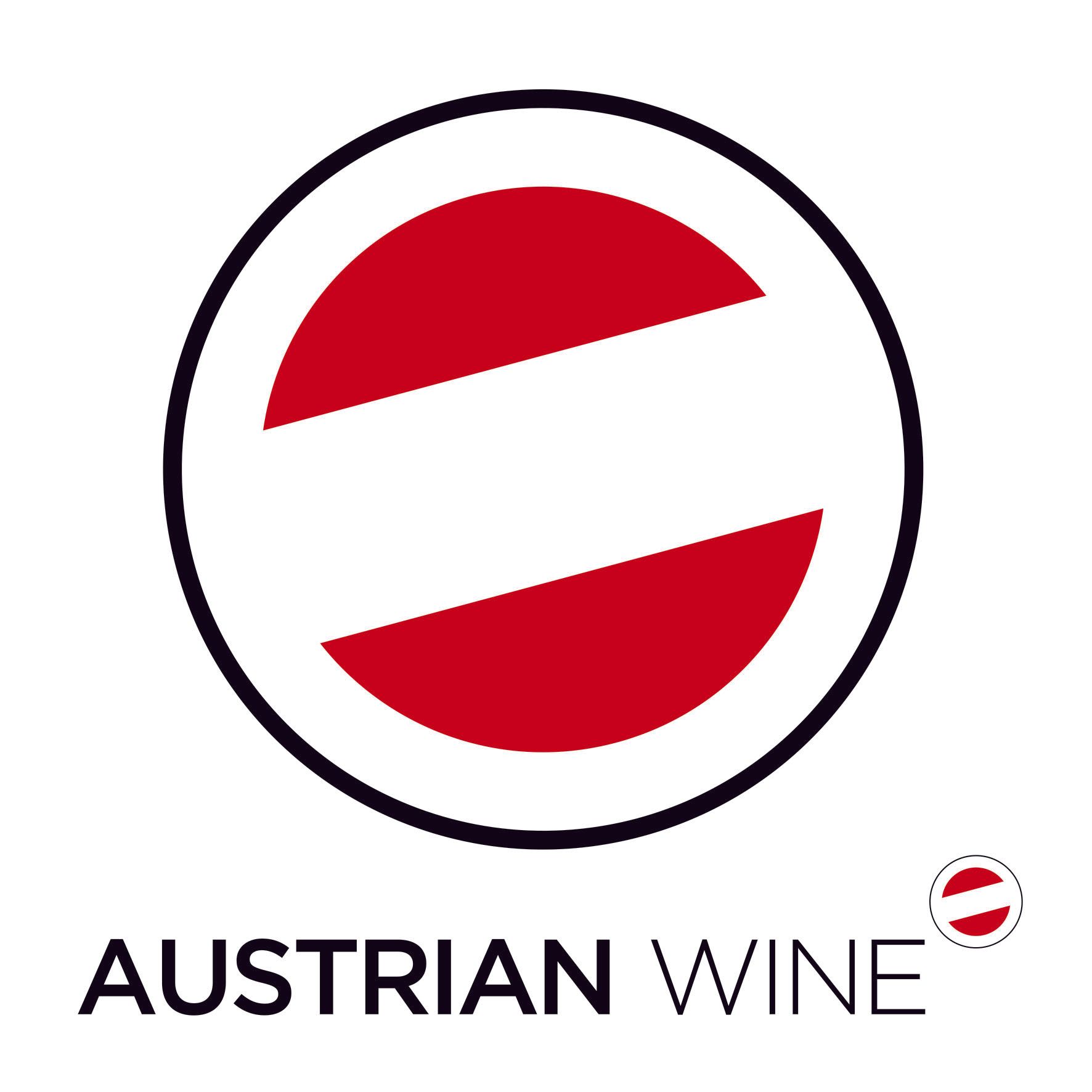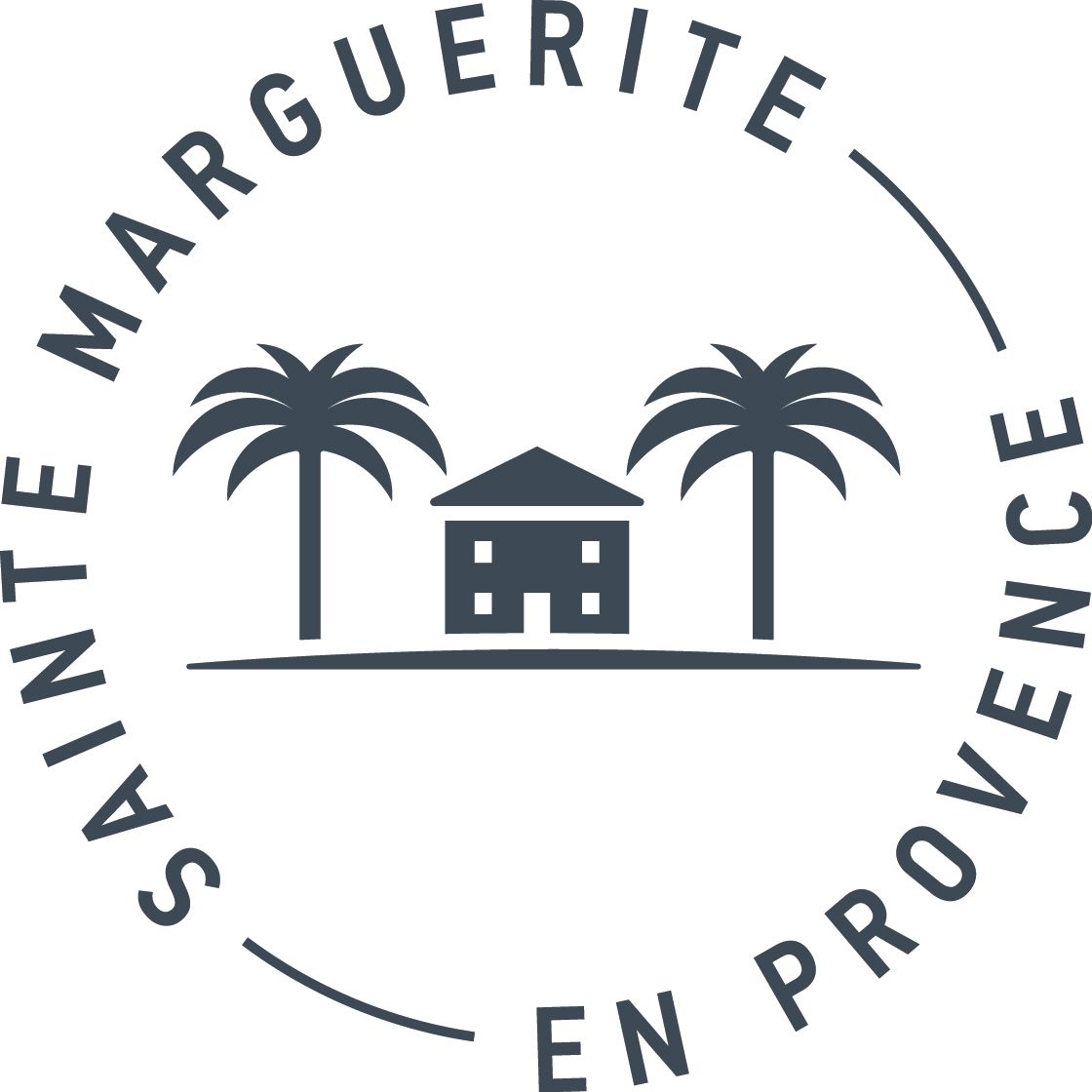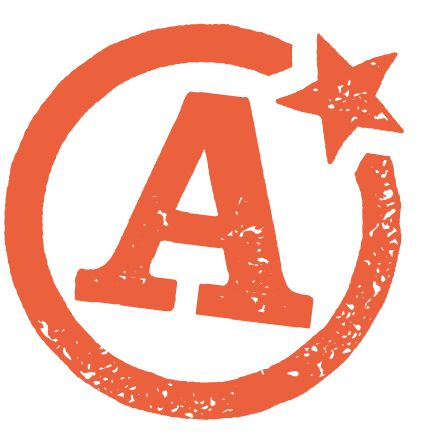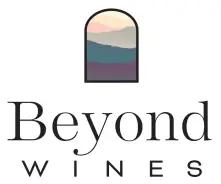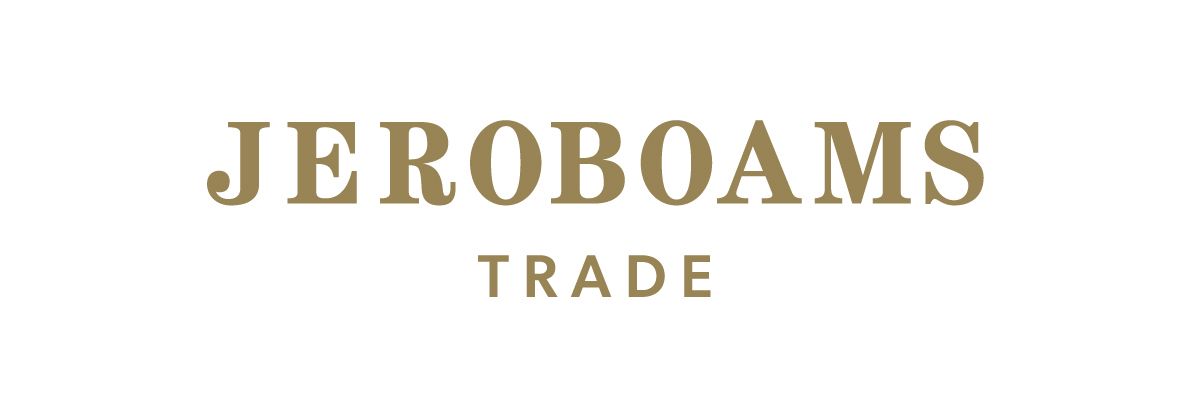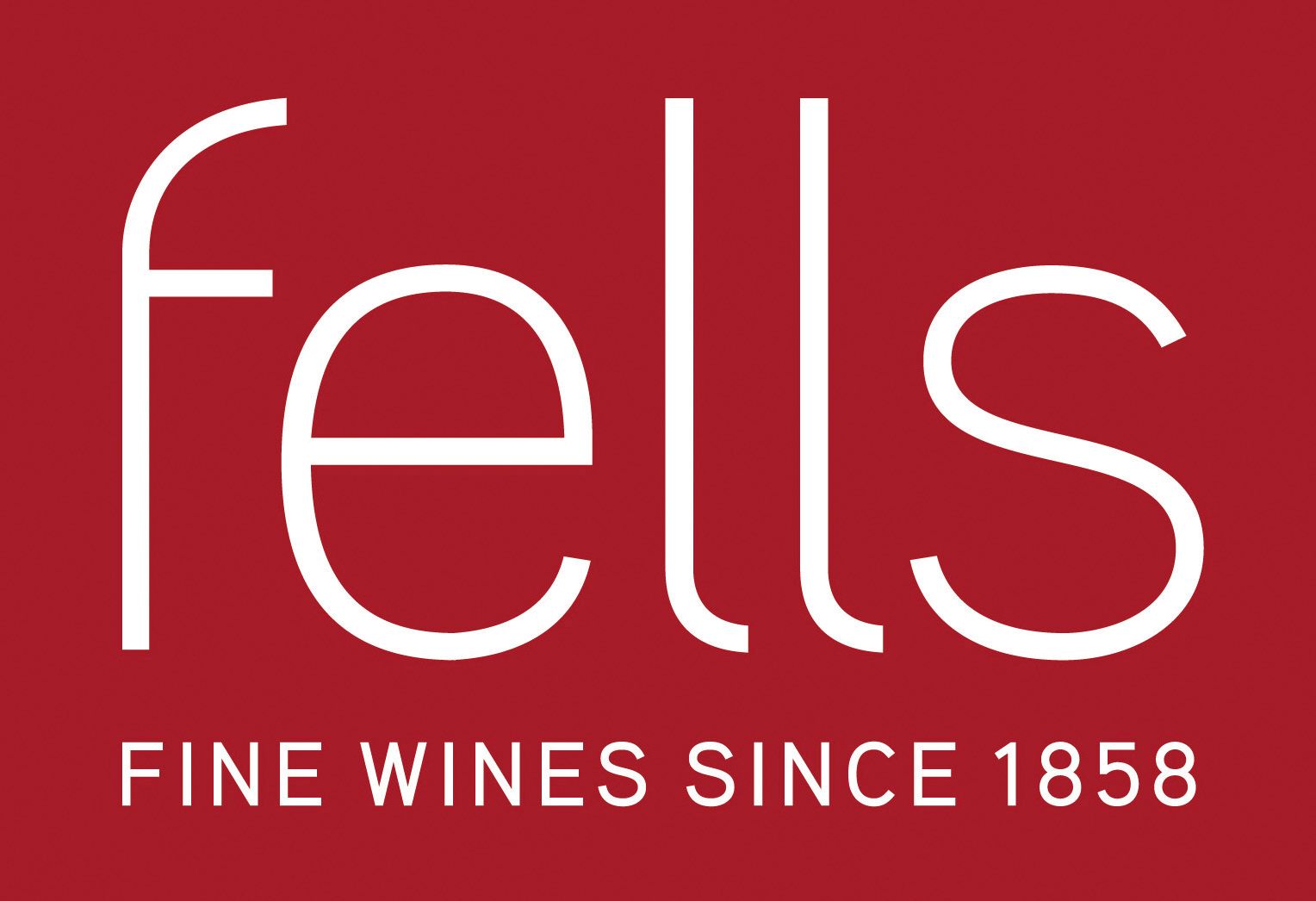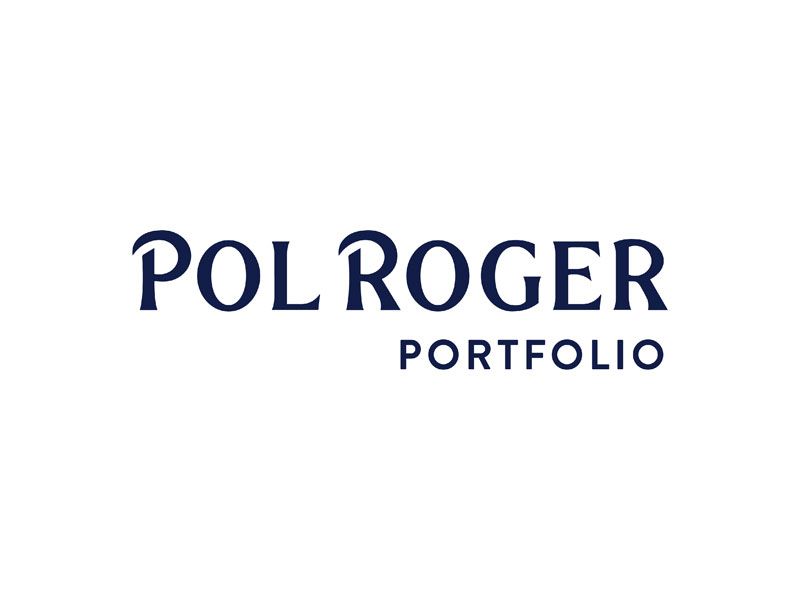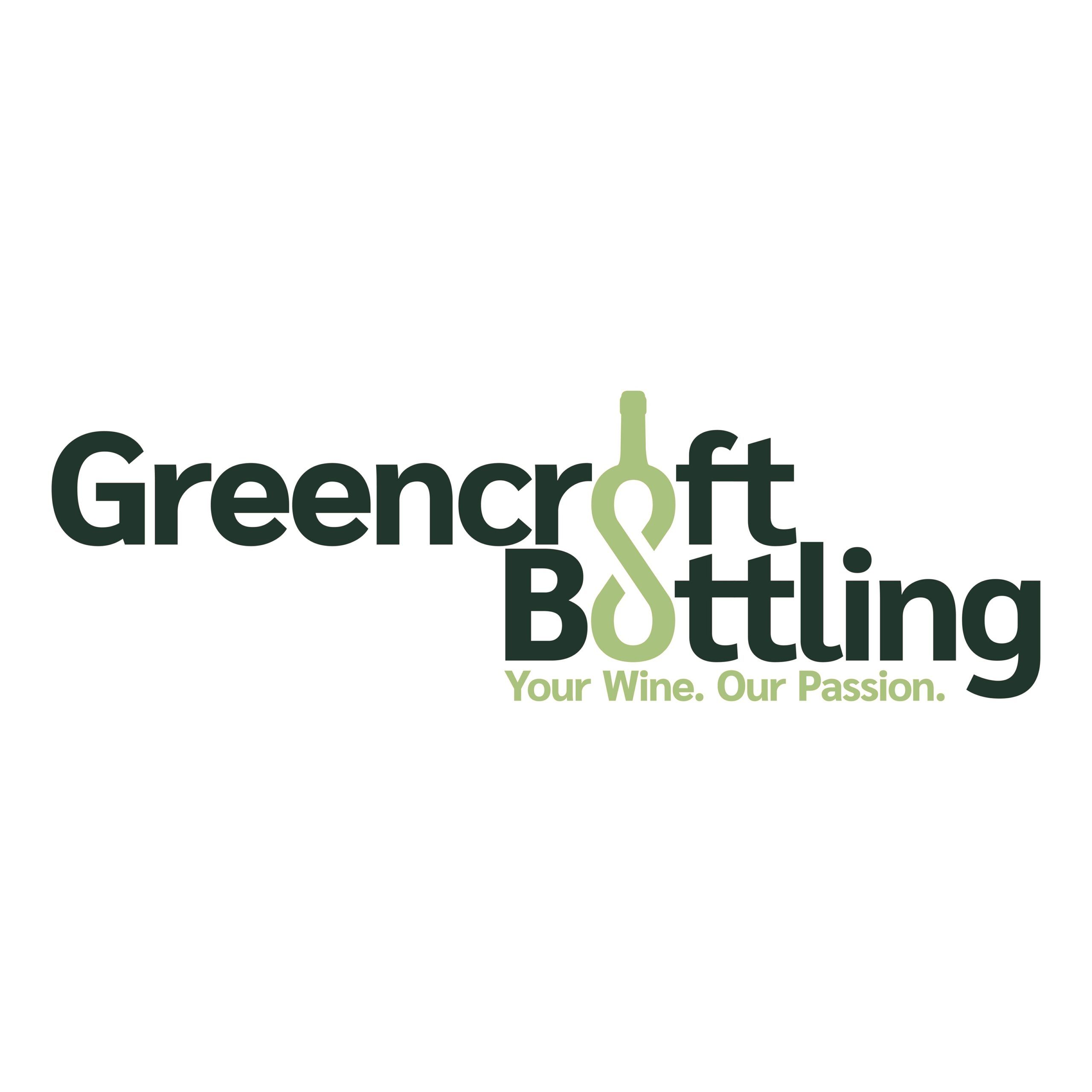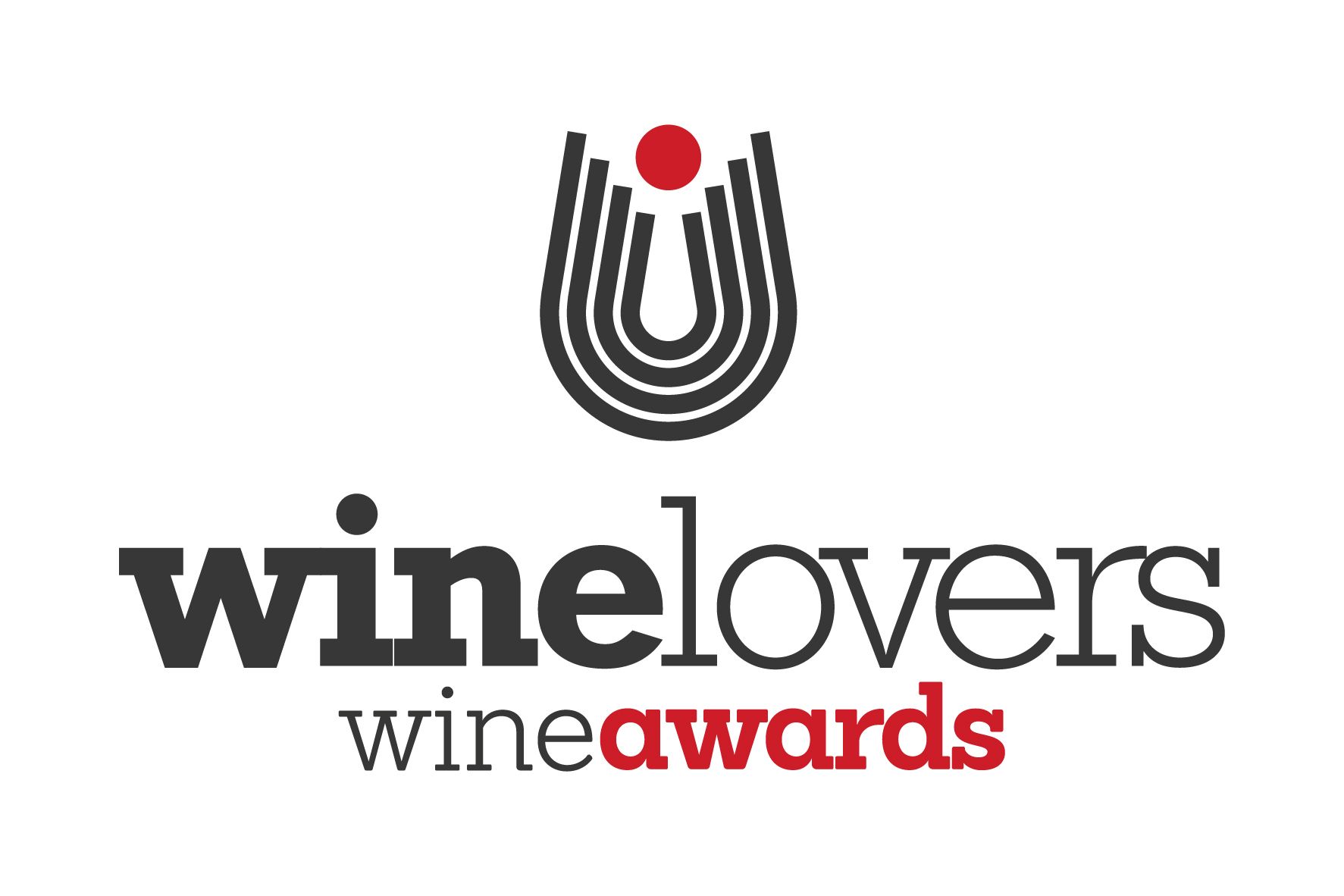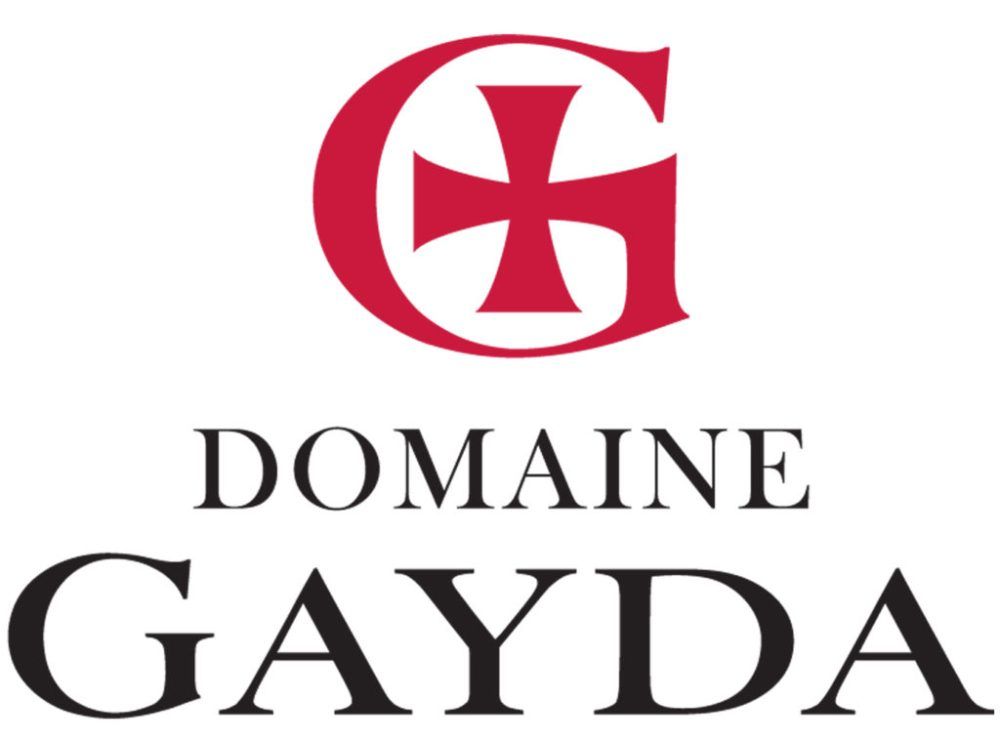Here’s a warning for all wine generics out there. Look away now. All that hard work trying to convince buyers that your country is the one to go to is being increasingly surpassed by their need to get their hands on as much volume of a certain grape variety. Made worse by the fact there is less wine around to buy.
Michael Clarke, chief executive of Treasury Wines Estates, might have been talking about its use of augmented reality technology in creating attention grabbing wine labels when he described its company recently as moving from an “agricultural business to a brand-led business”.
But the same strategy could be equally applied to how major wine buyers are now looking to source wine for their supermarket, pub group, restaurant or distributor ranges.
Varietal driven wines have been quite a feature of leading wine markets around the world for some time, where trade buyers and consumers alike are fixated more on the grape variety than the country where they are from.
All about private label
We heard last month at the International Bulk Wine & Spirits Show in London from Clive Donaldson, wine sourcing manager at Morrisons that his focus was on building its private label range of wines, largely driven by bottled in market wines, over the big brand alternatives. Wines that help build a loyalty amongst its customer base for Morrisons own wines rather than whatever message a major brand is trying to push.
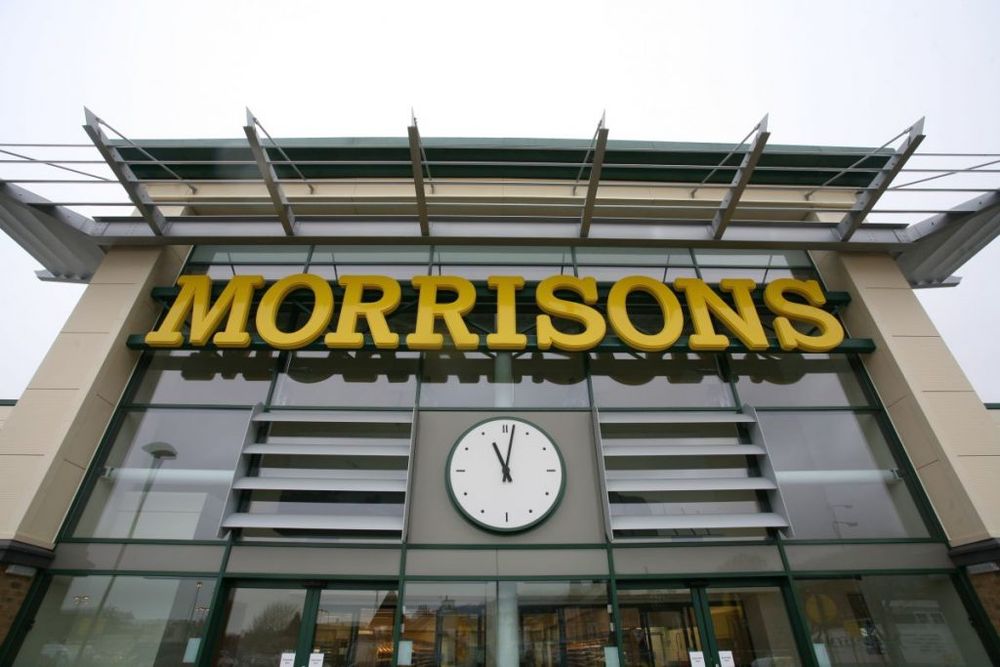
Retailers need to be given a reason not to do private label, says Morrisons Clive Donaldson
Wines that have Morrisons, or an exclusive sub-retail brand, as the hero first, the grape varietal second and the country of origin a distant third.
“I do not want any duplication in my range. Everything that is there is there I have a very clear reason why,” he said. “If we want to make something different then we can bespoke a wine to exactly how we want it,” he added. “We have to have a clear idea of what that product is going to be and trying to do.”
Yes, clearly branded wines still their role to play, but Donaldson’s less than subtle message to the trade was that major retailers are now looking for brands to convince them not to do a private label wine, rather than think brand first.
They know their consumers that are buying those wines don’t care where the grapes comes from, where they are made or bottled. They just know they like that particular style of wine, in the same way they like their coffee or tea made in a certain way. For latte read Pinot Grigio, for Americano read Cabernet Sauvignon.
Now all of this is very much the way certain mature markets have been going for some time. The UK, in particular, has arguably lead the rest of the world in this.
But now that there is such a shortage of wine from the 2017 harvest, primarily from big traditional wine producing countries like France, Spain and Italy, then other major buyers who previously had always bought on country of origin first are having to open up, be more flexible and go where they can get the most Pinot Grigio, Chardonnay or Sauvignon Blanc.
Big shift
Paul Attwood-Philippe, head of European development for VINEX, the online bulk and bottle wine trading platform, says he has seen a marked shift in opinion and attitude amongst major retail buyers towards varietal driven wine over the last six months, thanks to the lack of wine from traditional countries like Spain.

VINEX’s Paul Attwood-Philippe has noticed a mark shift in how buyers are now looking at varietal over country of origin wines
Retail buyers across Northern Europe, particularly Germany, Belgium, Denmark and Scandinavia, who previously have been “reluctant” to go varietal rather than country of origin first “have accepted” they need to take a different approach. Even if they have to create demand amongst their own consumers for these type of wines.
This trend is only going to increase over the next two years as those market dynamics change and there is less focus on country of origin, he stresses.
Andrew Shaw, group buying director at Conviviality, told The Buyer last week at ProWein that it was having to switch supply for its volume of wine to countries where it could get the right supply of the varietals it needs for key commercial wines. He is far from alone.
Polarised market
All of which is having a polarising impact on the production market as a whole. Where major producers are transforming themselves into giant players as they hold more and more cards in the supply chain.
With fewer SKUs in supermarket wine ranges, and overall wine volumes flat or in slight decline, there is less need for major buyers to be constantly shopping around for the next best deal. They increasingly want to do more business with the suppliers they have.
This, in turn, helps those producers invest in their own scale, buying in more wine from more growers and build up an even bigger reason for major retailers to do business with them.
The phrase “preferred supplier” has slipped into wine trade vernacular, where it seems a select handful of suppliers and distributors are taking the bulk, literally, of the business from supermarkets and increasingly major on-trade groups. Suppliers with good access to those global producers that can keep supplying when others can’t.
Henkell’s 50.6% purchase of Freixenet was clearly big news for the sparkling wine industry, but it also in a moment creates the biggest supplier of sparkling wine in the UK. A one stop shop for those looking to pin down supply for the long term.
Emerging markets
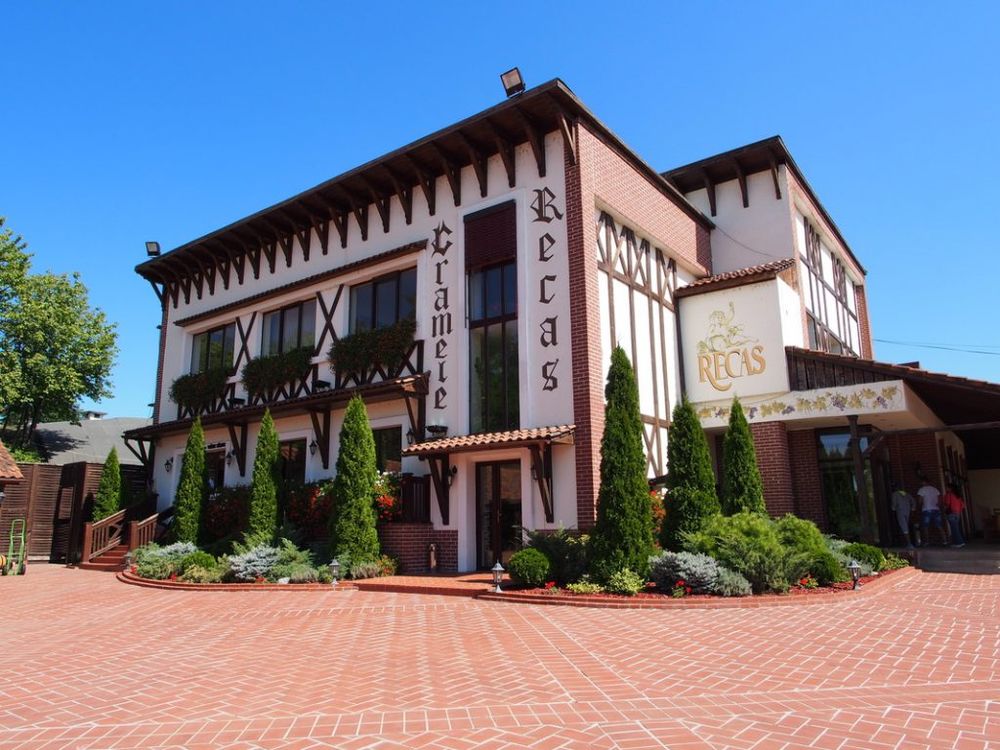
Cramele Recas has easily Romania’s biggest winery thanks to its export of international varietals
This varietal first approach is also finally opening the door to major producers in new and emerging wine countries. Wine producing countries, particularly in Eastern Europe, that traditionally have been inward looking, where it is quite possible to sell the majority, if not all their wine, either domestically or in neighbouring countries. Countries that have recognised the need to switch their focus and drive more exports to bigger western wine markets.
Cramele Recas, for example, in Romania has long been a major source of international varieties to major retailers, including Majestic, and has worked with Copestick Murray to develop a number of varietal-driven wines including quality and revered Pinot Noir.
It is noticeable, for example, how much new vineyard planting is taking place in countries like Romania, Moldova and Ukraine, where the vast majority of vines going in are for the big, in demand super international super varietals.
A pivotal year
2018 could prove to be a pivotal year for many of these emerging countries and their producers. The year when market forces have pushed more buyers and brokers away from their traditional homes to other areas of Europe and the world, in search of both new sources of wine, and far more attractive rates.
Buyers who potentially have liked what they have seen, and the price, and will be happy to come back for more. Building up the kind of long term partnerships that we see in the more traditional Old and New World producing countries.
Which, in turn, creates a need and demand for experienced brokers to identify the right producers and partners in those countries for the right buyers and chains, adds Attwood-Philippe.
But again it is the thirst and need to find and tie down supply of the major varietals, be it for private label, exclusive or branded wines that is taking buyers, and their brokers, to parts of the world they have not been before.
- This is an adapted article that was first published on VINEX, the global bulk and bottle trading site.



